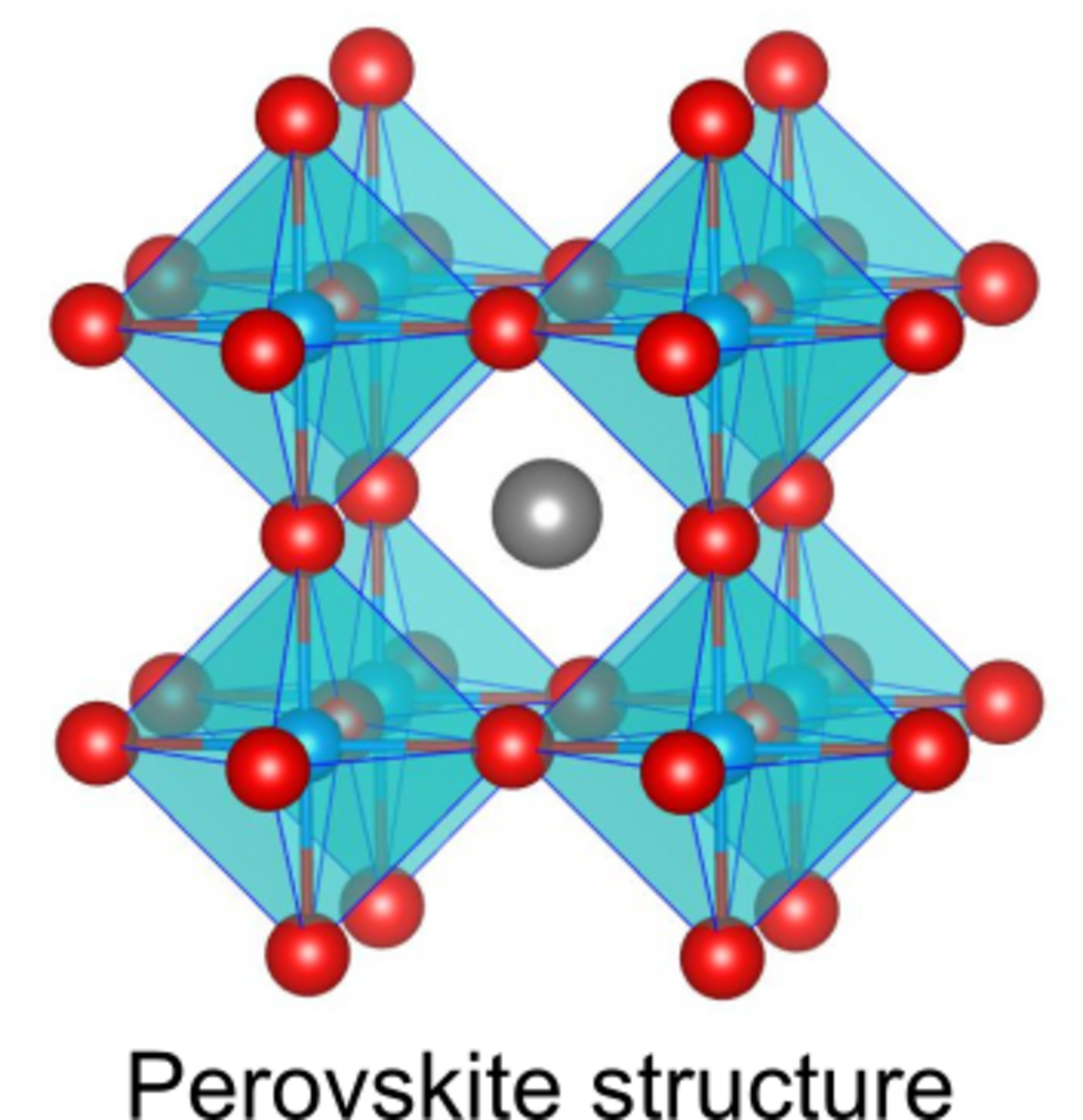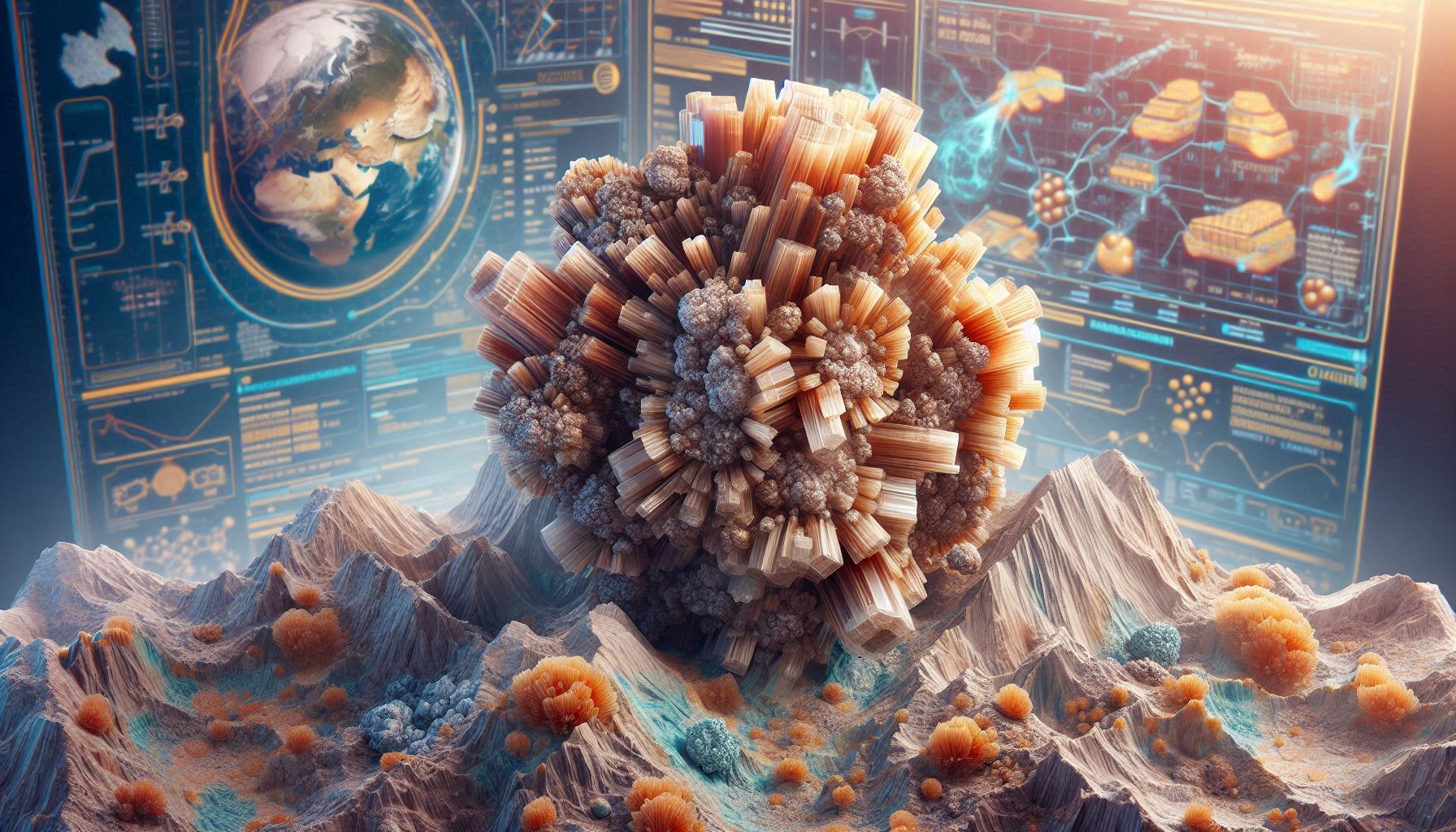When I was looking into regular tetrahedrons, I looked into silicate minerals, in which four oxygen atoms surround one silicon atom in the shape of a regular tetrahedron. 95% of the earth’s crust is made up of silicate minerals. It seems that the depths of the earth are approximately 30 km deep, the crust, 660 km deep, and the lower mantle, 2,900 km deep. The deeper you go, the higher the pressure becomes, reaching 240,000 atmospheres at 660 km and 1.25 million atmospheres at 2,900 km.
Diamonds are said to be formed 150 km underground at 50,000 atmospheres, so the lower mantle is an area with pressure 4 to 24 times higher than that. The silicate mineral that exists under this high pressure is called bridgmanite, and it makes up about 80% of the lower mantle, and about 50% of the Earth’s volume. It is the most abundant mineral on Earth. Because it is a substance found deep underground, it has only been in recent years that it has been possible to study it, and it was finally named in 2014.

Bridgmanite is formed when high pressure is applied to olivine, which is the August birthstone and is also called peridot, a transparent green stone. This is why the mantle has a beautiful green color. I had always imagined the mantle to be red, just like magma, but it’s green.

The composition of olivine is (Mg,Fe)2SiO4, and the composition of bridgmanite is (Mg,Fe)SiO3.Olivine crystals undergo a phase transition from olivine to spinel at a depth of 400 km, and to perovskite at a depth of 670 km, eventually becoming bridgmanite.The olivine structure contains regular tetrahedrons, the spinel structure contains regular tetrahedrons and regular octahedrons, and the perovskite structure contains cubes and regular octahedrons. Perovskite is dense and strong based on close packing, and has countless combinations, so it shows such a wide variety of physical properties that it can be called a treasure trove of functions. The perovskite structure is amazing.

Furthermore, when the pressure reaches 125 GPa, it turns into a crystal structure known as post-perovskite, which has the characteristic of being able to easily transmit electricity and heat. This may be because it transfers heat from the Earth’s core into the mantle, facilitating convection, allowing the electric current generated by convection to pass through, and making it easier to generate geomagnetic fields. The structure of the Earth is amazing.

It seems that the properties of bridgmanite, the most abundant mineral on Earth, have a great influence on the movement of the Earth’s interior. Bridgmanite is amazing. The green planet, Earth, is amazing.


